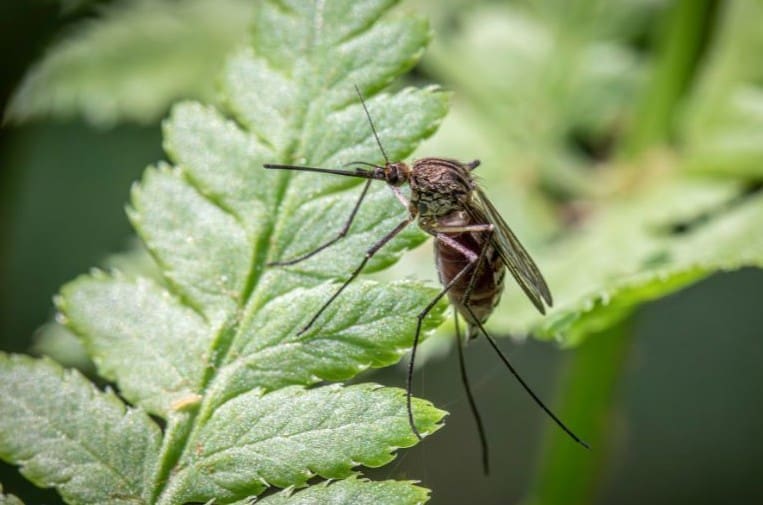Image courtesy Canva
Summer brings picnics, walks, and park visits—but also mosquitoes. Kansas State University entomologist Jeff Whitworth says adult mosquito populations usually rise in May and June, especially when there’s been plenty of rain. Standing water in places like bird baths, old tires, gutters, or animal troughs creates ideal breeding grounds.
Kansas has 40 to 50 mosquito species, many of which lay 200 to 300 eggs at a time. Some eggs are even laid in damp soil, hatching once water collects. To reduce mosquitoes, Whitworth recommends eliminating stagnant water around your property. While full control is difficult in rural areas, stopping larvae before they become adults is key.
Once mature, male mosquitoes live only about 10 days and don’t bite, but females seek blood to reproduce. Insecticides have limited effect, as mosquitoes can fly several miles. The best protection includes staying indoors, wearing long sleeves and pants, and using DEET-based repellents, reapplying every two hours.













